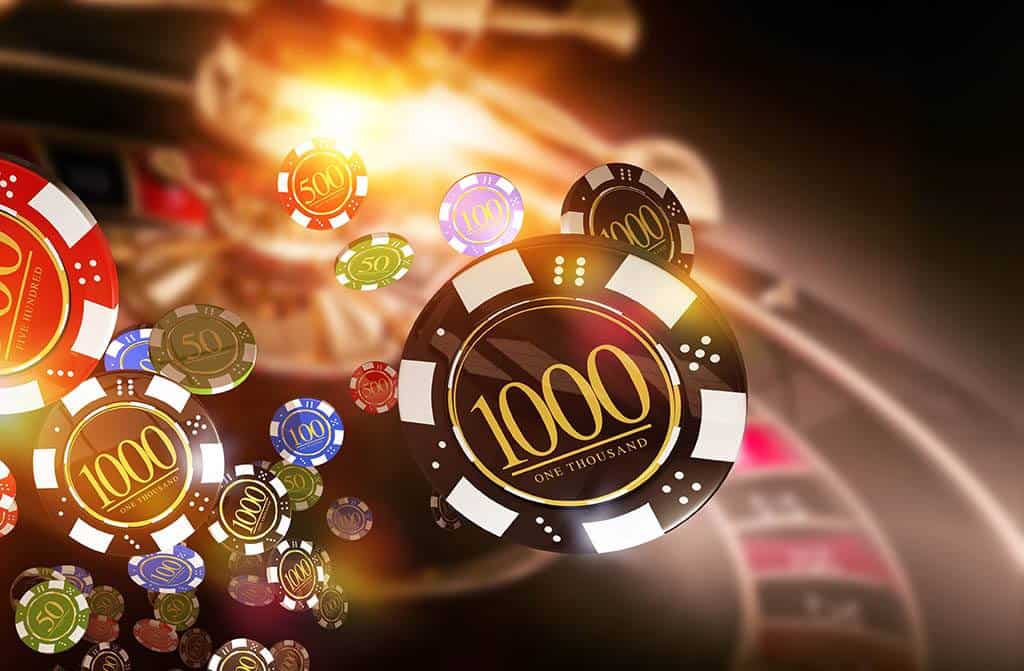Table of Contents
Introduction to Diamond Shapes and Cuts
So, you’re diving into the dazzling world of diamonds? Buckle up because we’re about to explore the fascinating universe of diamond shapes and cuts. Whether you’re picking out an engagement ring or just love all things sparkly, understanding these terms will help you make an informed decision.
Why Shapes and Cuts Matter
You might think a diamond is just a diamond, but that’s far from the truth. The shape and cut of a diamond play crucial roles in its overall look and value. Imagine a diamond like a canvas; the shape is the outline of your artwork, while the cut is how the artist brings it to life. Both are essential in determining the final masterpiece.
Popular Diamond Shapes
Ready to dive into the different diamond shapes? Each shape offers a unique flair and personality. Let’s break them down:
Round Brilliant Cut
The round brilliant cut is the rock star of diamond shapes. Its 58 facets maximize the sparkle, making it a timeless choice for those who want maximum brilliance. If you’re after that classic, iconic look, this is your go-to.
Princess Cut
The princess cut is like the edgy, lab diamonds, modern cousin of the round brilliant. With its sharp, angular lines and brilliant facets, it offers a striking, contemporary vibe. If you’re looking for something different yet incredibly elegant, this cut could be your match.
Emerald Cut
Think of the emerald cut as the sophisticated, vintage option. Its step-like facets create a hall-of-mirrors effect that’s both elegant and understated. It’s perfect for someone who appreciates classic beauty with a touch of opulence.
Asscher Cut
The Asscher cut is a royal choice with its square shape and high crown. It resembles the emerald cut but with a more unique appeal due to its octagonal shape and deep facets. It’s ideal for those who want something a bit different yet still traditional.
Cushion Cut
The cushion cut, often referred to as the “pillow cut,” is a blend of square and round. It offers a vintage charm with its soft, rounded corners and brilliant facets. This cut is perfect if you’re into a romantic, antique feel.
Oval Cut
The oval cut is a fantastic choice if you want something that combines the brilliance of the round with an elongated shape. It’s known for its flattering ability to make fingers look longer and slimmer, making it a favorite for engagement rings.
Marquise Cut
The marquise cut, with its elongated shape and pointed ends, is all about drama. It maximizes carat weight and offers a bold, elegant look. It’s a showstopper if you want to make a statement.
Pear Cut
The pear cut, or teardrop shape, combines the best of the oval and marquise cuts. It’s both unique and stylish, offering a sense of fluidity and elegance. This cut is great for those who want a bit of whimsy with their sparkle.
Understanding Diamond Cuts
Now that we’ve covered shapes, let’s talk about cuts. The term “cut” refers to how a diamond is fashioned from its rough state. It’s not about the shape but how the diamond’s facets are arranged and polished to enhance its brilliance.
What is a Diamond Cut?
In the diamond world, the cut is all about precision. It affects how light interacts with the diamond, influencing its sparkle and overall appearance. A well-cut diamond will reflect light beautifully, while a poorly cut one might look dull despite its size.
The Importance of Cut Quality
Cut quality is essential because it determines the diamond’s brilliance. A high-quality cut ensures that light is maximized within the diamond, creating that spectacular sparkle we all love.
Cut vs. Shape
It’s important to differentiate between cut and shape. Shape is the geometric outline (like round or pear), while cut refers to the quality of the facets and how light interacts with them. A diamond can have any shape but varying cut qualities.
Types of Diamond Cuts
Let’s dive into the types of diamond cuts you might come across:
Ideal Cut
The ideal cut is, well, ideal! It’s the standard for maximum brilliance. With precise proportions and angles, it ensures the diamond reflects light in the most dazzling way.
Excellent Cut
An excellent cut is just a notch below ideal but still offers stunning brilliance. It’s a great option if you’re looking for a high-quality diamond without going for the top-tier.
Very Good Cut
A very good cut provides substantial sparkle and is an excellent balance between quality and price. It’s perfect if you want a beautiful diamond that’s also budget-friendly.
Good Cut
A good cut is the entry-level for quality diamonds. While it may not be as brilliant as higher cuts, it still offers decent sparkle and value.
How to Choose the Right Shape and Cut
Choosing the right diamond shape and cut can be overwhelming, but don’t worry. Here’s a guide to help you make the best choice:
Matching Shapes to Personal Style
Consider your personal style and preferences. Are you classic and elegant, or modern and edgy? Your diamond shape should reflect your personality and taste.
Choosing the Best Cut for Brilliance
For the best sparkle, opt for higher cut grades like Ideal or Excellent. These cuts will give you that wow factor and make your diamond shine bright.
Budget Considerations
Your budget will also play a significant role. While higher cuts offer more brilliance, they also come with a higher price tag. Balance your desire for sparkle with what you’re willing to spend.
Conclusion
Navigating the world of diamond shapes and cuts can be as dazzling as the gems themselves. By understanding the differences between shapes and cuts, you can make an informed choice that matches your style and budget. Whether you’re selecting a classic round brilliant or a unique pear cut, remember that the best diamond is one that makes you feel like a star.
![The Anthony Robins Guide To [PII_EMAIL_DEA9364806C67B8FAF26]](https://www.timewires.com/wp-content/uploads/pii_email_dea9364806c67b8faf26.png)

